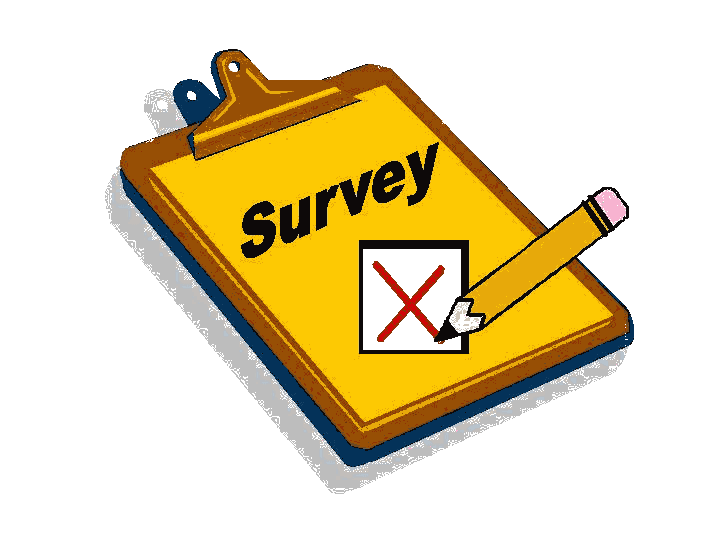Most organizations have a quantifiable goal toward improving KPIs and analytics on more closed marketing sourced revenue. An effective method to accomplish conversion improvement is to do a ‘win/loss’ analysis on specific areas of the buying process. One really important element here is to make sure sales and marketing understands and buys into what you are trying to accomplish – the goal is not to audit company losses to fingerpoint, the goal is to improve on conversion rates once armed with data/information on what is and is not working in the buyers cycle.
The key process flow areas to measure are within the CRM system on closed lost opportunity, closed lost leads, and open leads. Try to keep to a maximum of ten questions with an incentive to fill out the survey (though I’ve not found a correlation to an incentive and survey responses.) You’ll need a big enough pool to get a statistically valid sample size to work, a recent example is we had about a 2% response rate. There is some validity in having an outside party do these surveys vs. inside party, though depending on budgets and timing, inside may need to suffice. Externally, firms charge approximately $1250 for each completed survey.
There are two approaches we typically use – ongoing and retroactive. Most organizations fall into the retroactive category because it’s the best way to get aggregate data quickly, though there are substantial benefits to establishing an ongoing approach.
1. For an ongoing approach, you’ll get real time feedback as to how you are performing. How to do this is to create process flow survey questions and structures via CRM/SFDC workflows within key trigger points of buying cycle, thus providing REAL TIME feedback to marketing. SFDC has a number of surveying tools that are free and can be utilized via the app exchange (note for some SFDC editions, there are a limit of the number of apps that can be deployed.)
2. Rear view mirror looking – Best used by deploying a survey to a pre-determined pool of closed lost opportunities and closed lost leads for interpretation of data. While CRM systems allow this batch communication to occur, it’s likely a prospect or existing customer will need to remember what their buying cycle experience was like at the time of purchase. Looking rear view mirror also allows you to use other tools (SurveyMonkey) for a pulling in of results.
Ideally, the information should be captured in your CRM and/or Marketing Automation instance such that an ongoing analysis can take place on the data. If it is captured, the prospect will have to reveal their identity (required for the incentive), otherwise they may prefer the SurveyMonkey or anonymous route. Lastly, if doing this on your own, there may be some survey bias versus having an external firm or company do this.
What have you found that works for you?


